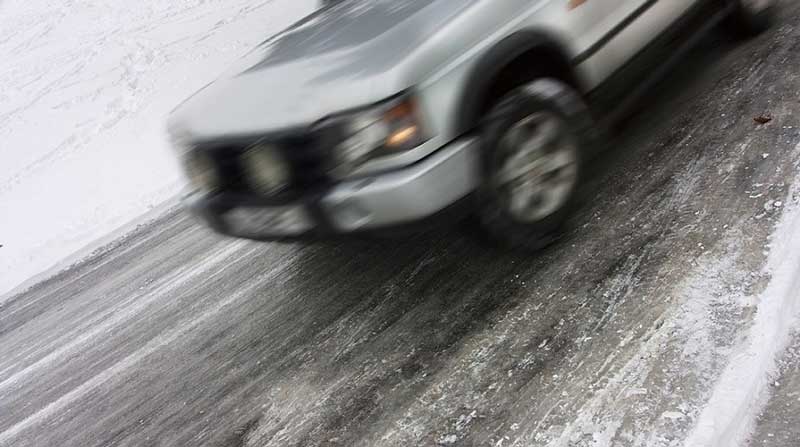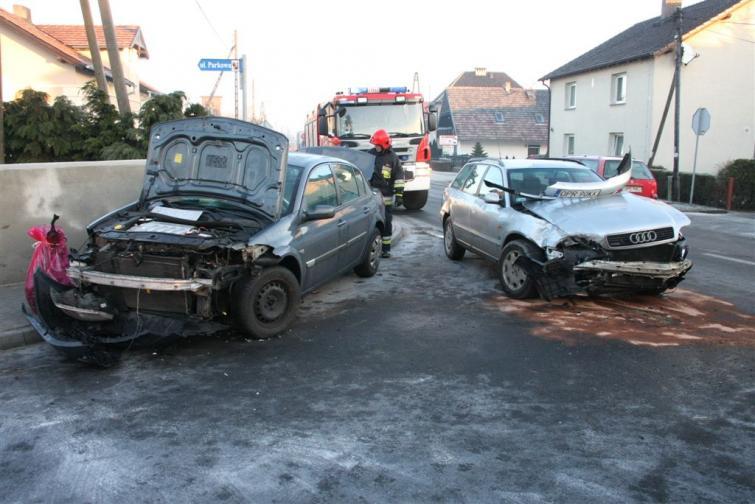
Black ice and fog. Dangers ignored by many drivers
 Many drivers believe that a thick layer of snow is the worst thing that can happen to them on the road. At the same time, many events take place in fog or on icy roads, i.е. black ice.
Many drivers believe that a thick layer of snow is the worst thing that can happen to them on the road. At the same time, many events take place in fog or on icy roads, i.е. black ice.
During the transitional periods between autumn and winter, and between winter and spring, roads are often covered in fog or so-called black ice. Both phenomena are caused by frequent changes in air temperature and humidity.
Black ice
Especially the last phenomenon is especially dangerous, because it is not visible. The road is black but very slippery. Black ice most often forms when rain or fog falls on the ground with a temperature below zero degrees. Under such conditions, water adheres perfectly to the surface, creating a thin layer of ice. It is invisible on black road surfaces, which is why it is often called icy.
Most often this happens when warming comes after a cold and dry winter. The dormant vigilance of drivers who, after driving in extreme conditions on snow-covered roads, automatically increase their speed at the sight of a black road, can have tragic consequences. - When, while driving in a car, it suddenly becomes suspiciously quiet and at the same time it seems that we are “floating” more than we are driving, this is a sign that we are most likely driving on a perfectly flat and slippery surface, that is, on a “bare ice,” says Zbigniew Veseli, director of the Renault driving school.
The editors recommend:
Refueling under traffic jams and driving in reserve. What can this lead to?
drive 4x4. This is what you need to know
New cars in Poland. Cheap and expensive at the same time
See also: Seat Ibiza 1.0 TSI in our test
How to get a car out of a skid?
In the event of a loss of rear wheel traction (oversteer), turn the steering wheel to bring the vehicle into the correct track. Under no circumstances apply the brakes as this will aggravate oversteer.
In the event of understeer, i.e. skidding of the front wheels when turning, immediately take your foot off the gas pedal, reduce the previous turn of the steering wheel and smoothly repeat it. Such maneuvers will restore traction and correct the rut.
Driving in the fog
“In her case, it's much easier, because we can see her and slow down or turn on the fog lights in time,” says Yaroslav Mastalezh, a driving instructor in Opole. When driving in dense fog, it is best to keep an eye on the right side of the road. This will avoid, in particular, approaching the middle of the road or even turning into the oncoming lane. Of course, we also need to keep a safe distance from the car in front. It's also good to avoid hard braking because it's easy to skid in fog. If the driver needs to stop abruptly, do it so that the entire vehicle is on the side of the road, otherwise the driver behind him may not notice the parked vehicle.
Use halogen lamps with fantasy
All drivers should also pay attention to the correct use of fog lights. In dense fog, their absence makes the car much less noticeable, but when the fog lights are used with good transparency, they blind other drivers. “If you use fog lights in conditions that do not require it, you could face a fine of 100 zł and 2 demerit points,” explains junior inspector Jacek Zamorowski, head of the traffic department of the Voivodeship Police Headquarters in Opole.
